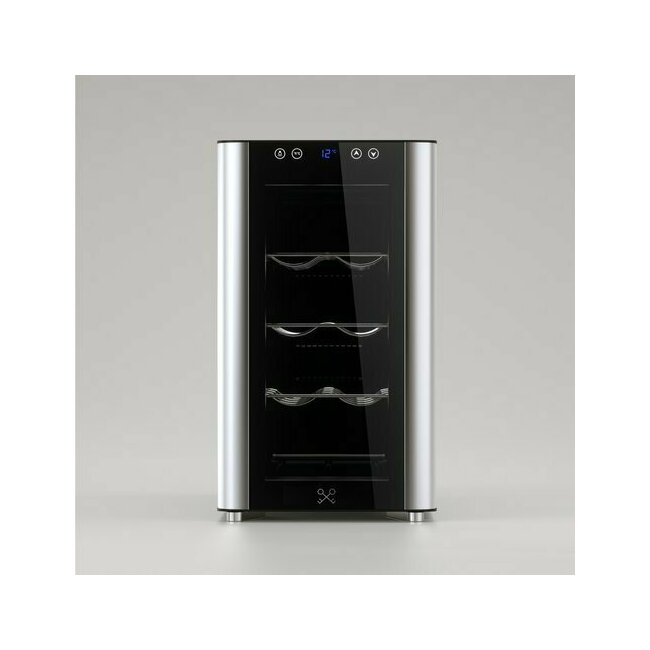
Welcome to the help page accessories & spare parts frequently asked questions Thank you for using the online help
CAVS8
CAVS8

Frequently asked questions
accessories & spare parts
Frequently asked questions
accessories & spare parts
CAVS8

Frequently asked questions
accessories & spare parts
Frequently asked questions
accessories & spare parts